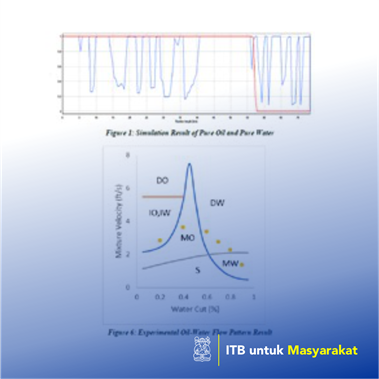

Ardhi Hakim Lumban Gaol
IThis study reviews the risk mitigation and mapping to prevent corrosion on tubular system during MEOR huff and puff processes, equipped with the approach of Lean Six Sigma. The mitigation and mapping process follow the framework of define, measure, analyze, improve, and control (DMAIC). It starts with defining the problem using supplier-input-process-output- customer (SIPOC) diagram after all the field data necessary has already been collected, then measuring the corrosion rate model using ECETM software as well as conducting sensitivity analysis of the fluid rates. The analyze phase involves constructing fishbone diagram to identify the root causes, comparison with industry’s specification and standard, and analysis of chromium effect on corrosion rates. Further simulation is conducted to support the analysis and to ensure the improvements and sustainability of the design selection. Based on the simulation results, the normal corrosion rate ranging from 0.0348 – 0.039 mm/year and the pH is around 4.03 – 5.25, while the ±30% fluid rate sensitivity results shown that the change of water flowrate is more sensitive than oil flowrate with the corrosion rate approximately 0.0275 – 0.048 mm/year. The fishbone diagram identifies that material selection and environmental condition as the main root causes, then corrosion resistant alloy (CRA) is used in the tubing string to prevent corrosion in the future by using super 13Cr martensitic steel (modified 2Ni-5Mo-13Cr) as the most suitable material.
Penerapan Karya Tulis
ncreasing demand of oil in Indonesia is in contrast with the decreasing oil production every year. Enhanced oil recovery (EOR) has become one of the most favorable method in maximizing the production of mature fields with various applications and researches has been done on each type, especially microbial EOR (MEOR). “X” field is a mature oil field located in South Sumatra that has been actively producing for more than 80 years and currently implementing MEOR using huff and puff injection. However, there are some potential risks regarding MEOR processes that may inhibit the production by damaging the well’s tubular system, particularly microbially induced corrosion (MIC).